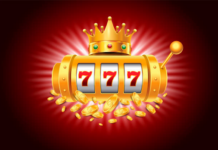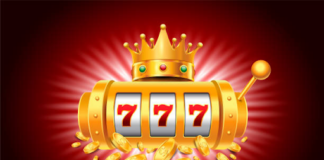As you can see, I am on a bit of a trip so I wasn’t able to fully share all of the references I came across in this post. I did, however, find these references very interesting and I found it to be a fun read.
First of all, lets talk about the title. Allusions are allusions in some sense, but they are also words that may convey different ideas. As a person, my idea of a reference to a word may be different from yours. So, as I read this list I found it really interesting that there are words like “lenses”, “taste”, and “claustrophobia” that are used as very similar but very different references.
Lenses are used all the time as references to something that is bigger than the eye. If you look at a lens properly, it can represent the whole eye. The lens of the eye is usually a curved surface that makes the eye seem to be looking at something outside the eye. As a person I would think that a lens in this context would be a more serious reference to what is outside your eye, but as I read it I found it to be more fun and playful.
I think this is an allusion to the fact that lenses are used so often in the media to represent the human eye. For example, I recently saw an image that used the same lens as a reference to the eye, but it was also a reference to the whole body. Another example I found is the Lens of the Eye (or LOE) lens. It is the same lens the eye has, but instead of a curved surface, it is a flat surface.
I can picture this lens being used in a scene with a woman. It is a reference to the way, when viewed from the side, the left eye looks smaller when compared to the right eye.
The lens of the eye is a reference to the overall shape of the eye. In fact, the human eye is a lens, which is why I would guess you would see this lens as a reference to the eye. An example of the lens of the eye can be seen in the image above. The human eye is approximately the size of a pencil eraser. The lens is a flat surface that is shaped like a lens. When the eye is viewed from the side, the eye looks small.
In a way, the size of the eye is a reference to the size of the human brain. The human brain is approximately the size of a large marble, with a diameter of roughly 8 inches and a length of approximately 1,350 feet. As more of the brain is occupied by processing information, the brain appears smaller.
Another important fact to note is that the lens of the eye is not actually a lens. The human eye is a mosaic of cells that are arranged in a pattern called the mosaic. This pattern of cells is called the cornea. The cornea is the surface that allows light from the light source to enter the eye. It is composed of two layers, the back of the cornea and the front of the cornea.
A small distance between the two layers of the cornea gives the brain the ability to focus or focus in on a specific part of the image. This allows the brain to process large amounts of information and retain detail. A larger distance between the two layers of the cornea, in the form of the pupil, allows an image to be focused on the area of the eye closest to the point of light.
This article by the National Eye Institute shows a video of a patient’s eye and how the two layers are not symmetric. The first time you look at it, you may see that the cornea has a large pupil and in certain lighting, this may make it difficult to focus on the first layer of the eye. The second time you look at it, the second layer of the cornea may be much larger than the first.








